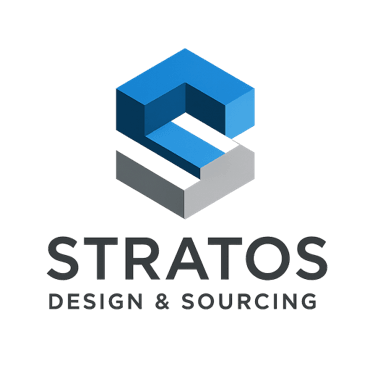Reverse Engineering Services
Comprehensive Analysis
Our engineers leverage advanced 3D scanning technology to capture and analyze product geometry and dimensions with exceptional accuracy. Point cloud data is transformed into a detailed mesh and 3D solid model, enabling precise overlay comparisons with measured and modeled components.
Positive Material Identification (PMI)
We utilize sophisticated analytical tools, including SEM microscopy and FTIR spectroscopy, to precisely determine the chemical composition and material structure of products.
More on Services offered
Reverse Engineering Process
Reverse engineering is the process of disassembling and analyzing an existing physical product to understand its design, function, and structure.
This process generally follows six key steps-
1. Information Gathering and Planning
2. Disassembly and Analysis
3. Data Acquisition (Measurement)
4. Digital Modeling (Scan-to-CAD)
5. Validation and Prototyping
6. Reconstruction and Improvement
A validated CAD model is used to create technical drawings and final specifications are updated.
Destructive Testing
Destructive testing (DT) involves testing materials and structures to their failure point to determine their properties and limits. Common types include tensile, impact, hardness, and fatigue testing, which provide in-depth data on a specimen's strength, durability, and how it behaves under stress
Tensile testing: Measures a material's strength and ductility by pulling it until it breaks.
Impact testing: Assesses a material's toughness by striking it with a controlled force to simulate sudden loading conditions.
Hardness testing: Measures a material's resistance to indentation or scratching.
Fatigue testing: Subjects a material to cyclic loading to determine how many cycles it can withstand before failure.
Compression testing: Applies a compressive load until the material fails, often used for brittle materials like concrete and ceramics.
Pressure testing: Subjects a material or component to internal or external pressure to find its burst or collapse point.
Bend testing: A sample is bent to a certain radius to check the integrity of the material or a weld.
Prototype development
The prototype development process is a cyclical and iterative method used to turn ideas into a tangible model that can be tested, refined, and validated. The core idea to this is "fail fast and learn quickly" in order to avoid costly mistakes in final production.
This process generally follows six key steps-
1. Define and Ideate
Identifing the Problem. What problem does the new product solve? Meets Fit, form and function requirements?
Brainstorm Solutions with fellow engineers, manufacturing and key stake holders.
2. Design and Conceptualize
Create Sketches and Wireframes,
Develop 2D/3D Models (CAD): For physical products.
3. Build the Prototype
Create a tangible version of the design. Test the basic concept, flow and understanding. 3D printing is often a low cost solution for a lot of parts.
4. Test and Gather Feedback
Conduct User Testing, Fit checking and Aesthetics buy in. Collect All Feedback and Document.
5. Analyze and Refine
Identify any Patterns, errors or improvements.
Update the Design starting at Step 2, modify based on discovery and what is learned.
6. Iterate (Repeat the Cycle)
Prototyping, not being a linear process is based on analysis and testing. Build a better prototype and repeat the test-and-refine cycle until prototype successfully meets the goals that were defined. Rest assured, we strive to get it right in as few builds as possible to keep costs at a minimum.
Strict, Detailed and Methodical Engineering Service you can rely on
At Stratos Design and Sourcing, we specialize in precision reverse engineering—delivering dependable, high-quality results through efficient and effective processes you can trust.
